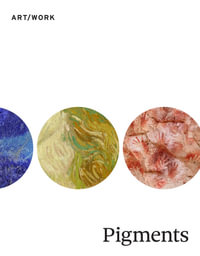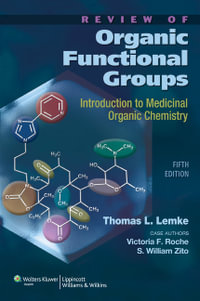| Contributors | p. iii |
| Contents of Other Volumes | p. ix |
| Roles of High-Performance Liquid Chromatography in Nuclear Medicine | p. 1 |
| Introduction | p. 2 |
| Characteristics of Radiopharmaceuticals | p. 3 |
| Instrumentation | p. 5 |
| Preparation and Purification | p. 6 |
| Analysis of [superscript 99m]Tc-Labeled Pharmaceuticals | p. 28 |
| Conclusion | p. 31 |
| Acknowledgments | p. 32 |
| References | p. 32 |
| Calibration of Separation Systems in Gel Permeation Chromatography for Polymer Characterization | p. 37 |
| Introduction | p. 38 |
| Calibration Using Standards with Narrow Distributions | p. 39 |
| Calibration Using Standards with Broad Distribution | p. 46 |
| Universal Calibration | p. 52 |
| Special Procedures of Calibration | p. 71 |
| Influence of Operational Variables on Results of Calibration | p. 72 |
| Conclusions | p. 78 |
| Acknowledgments | p. 79 |
| Applications of Universal Calibration Principles in Synthetic Polymer Characterization | p. 80 |
| References | p. 80 |
| Isomer-Specific Assay of 2,4-D Herbicide Products By HPLC: Regulatory Methodology | p. 91 |
| Introduction | p. 91 |
| Ion-Exchange Chromatography Versus Reverse-Phase Chromatography | p. 93 |
| Method Criteria | p. 94 |
| Impurities in 2,4-D | p. 94 |
| Separation of Impurities | p. 94 |
| Alternative Columns | p. 100 |
| Column Stability | p. 107 |
| Precision and Linearity | p. 107 |
| Mobile Phase Modifier | p. 108 |
| Conclusions | p. 108 |
| References | p. 108 |
| Hydrophobic Interaction Chromatography | p. 111 |
| Introduction | p. 112 |
| Definition of Hydrophobic Interaction and the Structure of Water | p. 112 |
| Changes in the Water Structure upon Solubilization of a Nonpolar Compound in Water | p. 113 |
| Chemical Nature of the Hydrophobic Interaction | p. 113 |
| Charged Amphiphilic Adsorbents | p. 115 |
| Neutral Amphiphilic Adsorbents | p. 116 |
| Multipoint Interaction | p. 117 |
| Establishment of Appropriate Experimental Conditions for a Run | p. 118 |
| Applications | p. 119 |
| Acknowledgments | p. 121 |
| References | p. 121 |
| Liquid Chromatography with Programmed Composition of the Mobile Phase | p. 125 |
| Introduction | p. 126 |
| Retention Characteristics in Isocratic-Elution Chromatography and in Chromatography with Programmed Composition of the Mobile Phase | p. 128 |
| Practical Aspects of Chromatography with Programmed Composition of the Mobile Phase | p. 235 |
| Conclusions | p. 248 |
| Summary | p. 248 |
| List of Symbols Used | p. 249 |
| References | p. 253 |
| Chromatographic Separation of Aldosterone and Its Metabolites | p. 261 |
| Introduction | p. 262 |
| Metabolism and Mechanism of Action of Aldosterone | p. 263 |
| Separation and Column Chromatography of Reduced and Polar Aldosterone Metabolites | p. 264 |
| High-Pressure Liquid Chromatography of Reduced and Polar Aldosterone Metabolites | p. 268 |
| Improved Separations of Aldosterone Metabolites Using High-Pressure Liquid Chromatography | p. 273 |
| High-Pressure Liquid Chromatography of Aldosterone Metabolites Synthesized in Vitro | p. 275 |
| Aldosterone Metabolites in Male Rat Urine | p. 281 |
| Conclusions | p. 282 |
| Acknowledgments | p. 283 |
| References | p. 283 |
| Author Index | p. 287 |
| Subject Index | p. 307 |
| Table of Contents provided by Ingram. All Rights Reserved. |
























